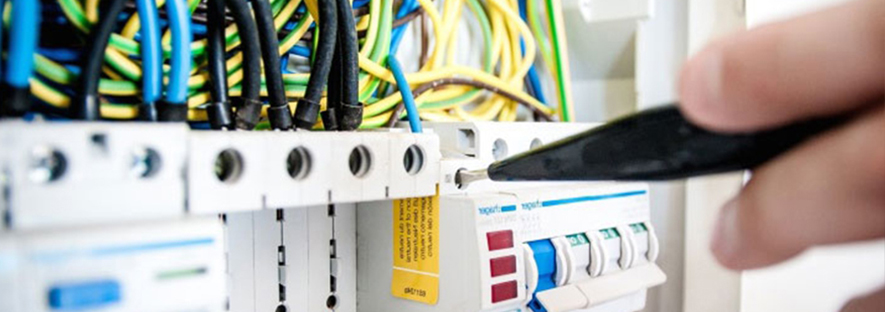
Electricity can kill or severely injure people and cause damage to property. However, you can take simple precautions when working with or near electricity and electrical equipment to significantly reduce the risk of injury to you, your workers and others around you. This section provides a summary of those precautions.
A current of 100 mA can easily pass through the body and leave marks at the point of contact. A current above 10,000 mA can cause serious burns, which may be beyond treatment and require amputation.
Burn hazards associated with electricity include electrical burns, arc burns, and thermal burns. Electrical burns often affect internal organs due to the heat generated by the body’s resistance to the current passing through it. This can have serious consequences and external injuries do not always show the extent of internal injury.
Since electricity is inherently dangeous, workers who deal with electrical equipment or electrical hazards must be outfitted with personal protective equipment.
Depending on the specific electrical hazards, this could include safety glasses, arc-rated safety gloves, hard hats rated for electroical hazards, and shock-resistant safety shoes.
© Copyright , Jhorda Pvt. Ltd. | All Rights Reserved Design By Techeor Technology